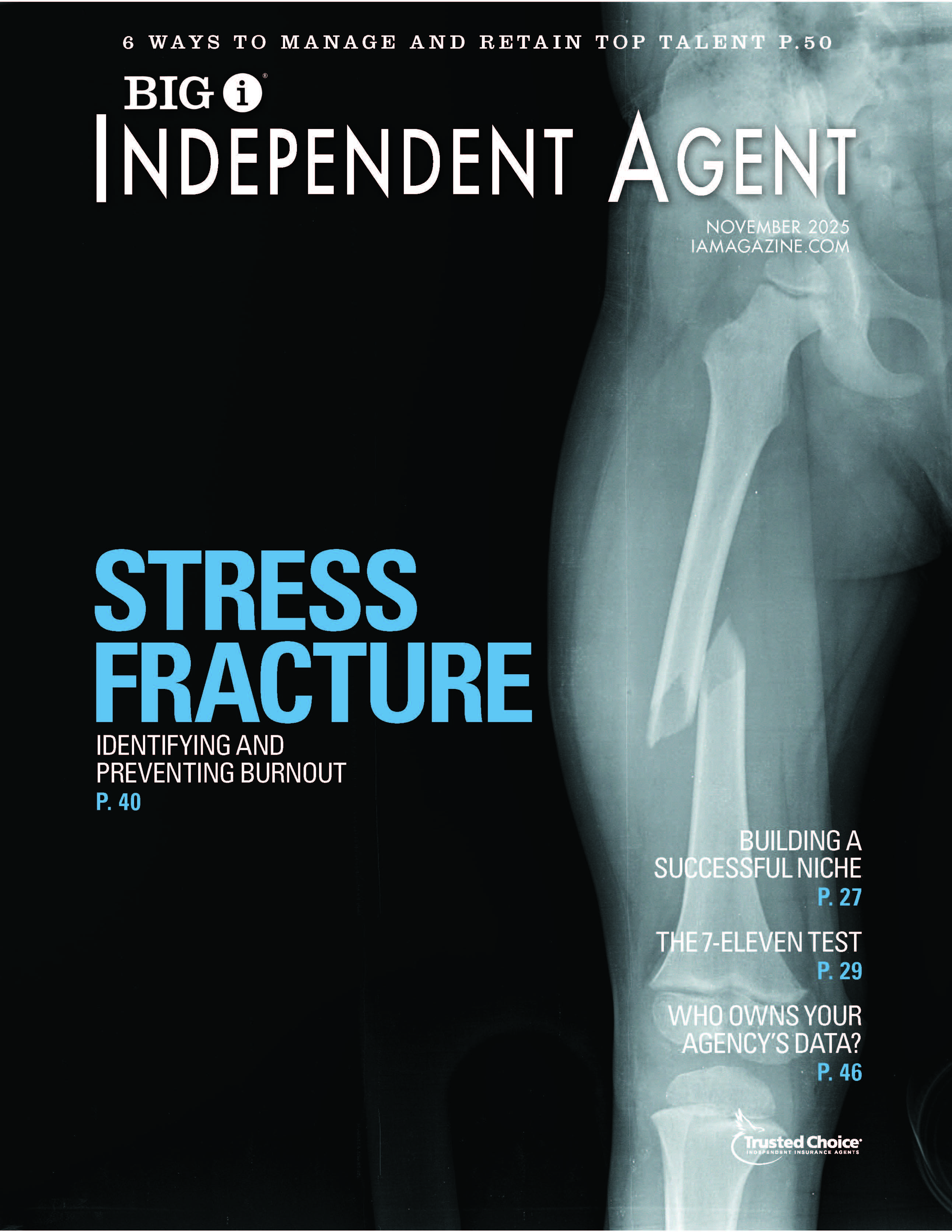Making the Grade
By: David Hulcher
It may not happen very often, but dealing with a carrier downgrade or impairment can be labor-intensive for agency staff. Here’s how to handle it appropriately—and mitigate E&O exposure.
Read your E&O policy’s insolvency exclusions or carrier rating requirements. Does your agency’s E&O policy offer coverage if an E&O claim arises from customers placed with an impaired or downgraded carrier? Many agents E&O policies include insolvency exclusions triggered when business is originally placed with a carrier whose rating is below a certain ratings threshold or drops during the policy period. Understanding the potential exposure to uncovered E&O claims will allow the agency to take the first step in determining how to handle the affected business.
Monitor carrier ratings. Whether or not the agency has a legal duty to do so, it is a good idea to monitor the ratings of carriers. Establish a minimum baseline for the ratings of carriers your agency is willing to use. An example may be only using carriers with ratings from A++ (superior) to B+ (very good). If it is necessary to place business with a carrier rating below the agency’s stated baseline, management should approve the placement and the customer should ultimately agree to place their policy with a carrier outside the agency’s normal guidelines.
Inform customers of changes. When a carrier experiences a rating change, share relevant information with the customer after reviewing the facts. This can include notices or press releases provided by the company or the insurance department. In cases of carrier impairments, understand how existing and potential claims are handled. Agencies can also make the customer aware of their options and potential ramifications, including remaining with the current carrier, a mid-term coverage move or a move at renewal.
Preparing to handle carrier downgrades and impairments will enable your agency to add value to your customers.
David Hulcher is Big “I” assistant vice president of agency professional liability risk management.










